
In disguise
In good or bad, there’s often a dramatic story to tell.
What’s hard to write about? So-so news that’s neither good nor bad. It just is.
It’s been a month since the Feeding Quality Forum meetings we co-sponsor and maybe that’s part of the reason that I’m just now blogging about it.
Some years, like 2008 and 2009, I’ve left the meetings warning cattle people things were going to get tough(er). Corn was getting expensive (compared to historical trends) and would stay that way, but cattle prices were not. Then we had some optimism in 2012 and 2013 where Dan Basse, president of AgResource said, “The story of being a livestock producer is still relatively bullish longer term.”

This year? I heard a lot of comments like, “The markets are an ocean freighter, slow to move. We’re starting to steer them in the right direction,” and, “There are cattle you want to own, and probably some you want to buy at a discount.”
Basically, opportunity is there, but you may have to look a little harder for it.
“I think the worst is over,” Basse said of the overall ag economy, but the analyst talked of tight capital and input prices that haven’t decreased at the same rate as profit. He predicted a low of $100 to $104/cwt. in the cattle market, but suggested improvement in 2018.
U.S. beef making its way into China got a nod from nearly every speaker.
Again, with the opportunity you have to look for: “If you want to get involved in China, you better be talking with the packer you’ll be marketing to and see what their requirements will be,” said Doug Stanton, of IMI Global, a subsidiary of Where Food Comes From.
Market access isn’t guaranteed unless you know those cattle will meet import restrictions.

Today 70% to 80% of fed cattle are sold on grids and special agreements, said Iowa cattleman Ed Greiman. That causes challenges in setting base price, but also allows high-quality cattle to bring what they’re worth.
“CAB (the Certified Angus Beef ® brand) has done all this work to make sure the consumer wants the product, so we’ve got to produce more of them,” he said. (Opportunity!)
Both our own Justin Sexten, and University of California-Davis animal scientist Richard Zinn, noted the value of knowing more about the cattle you feed. That can help you manage better and price them accordingly.

There are opportunities, you just have to look. Maybe that’s not “so-so” news, but rather good news disguised as hard work.
May your bottom line be filled with black ink,
Miranda
P.S.Watch our newsroom for more articles and videos recapping the content from this year’s forum.
You may also like
Not perfect, but working to get better
The CAB Cattleman Connection team heard its name called more than once in the virtual ceremonies, and each time came a sense of personal accomplishment, but even better: confirmation that we’re getting better at our craft. I hope that means we’re doing a better job for you.
Flavor’s secret ingredient
As a moderately to highly heritable trait, marbling is something that cattlemen have a lot of ability to manage. It also happens to be one of the major contributors to beef flavor. Texas Tech University meat scientist Jerrad Legako spoke about the topic at the 2020 American Society of Animal Science meetings.
Beefed up findings
Frank Mitloehner presents his findings on the animal ag sector’s impact on global warming. He explains how cattle counterbalance other fossil fuel sectors, proving that cattle are a solution and not a threat.








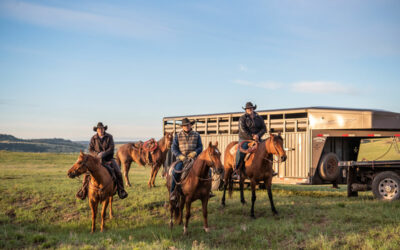
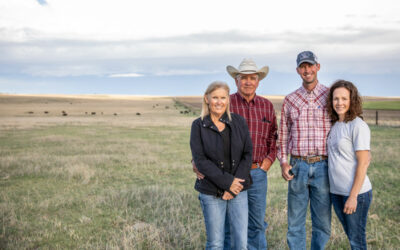





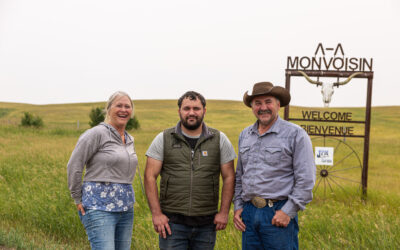

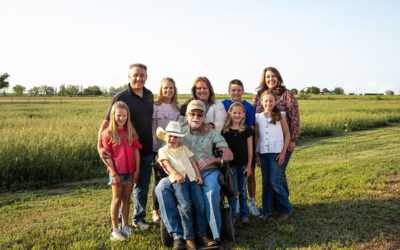


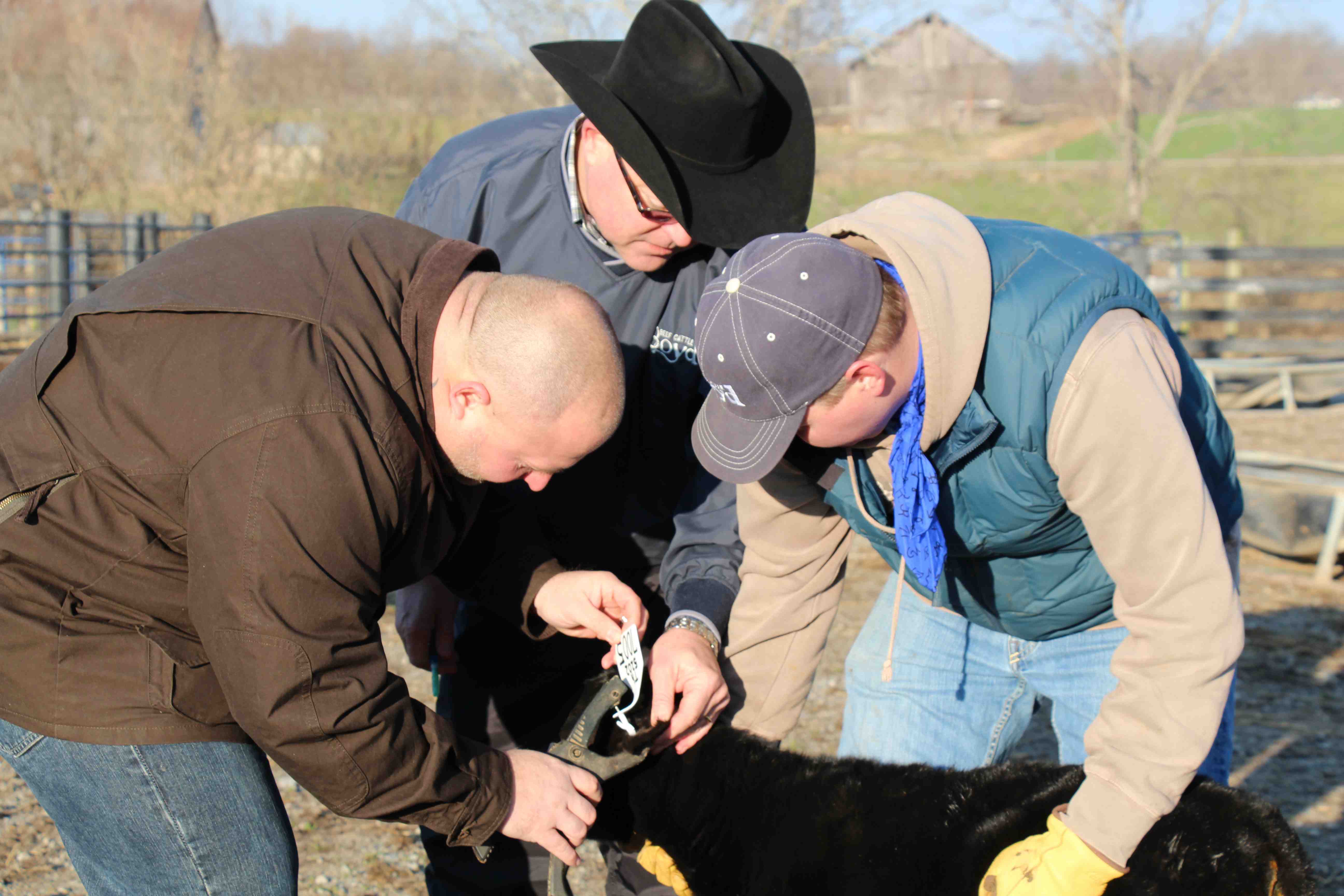



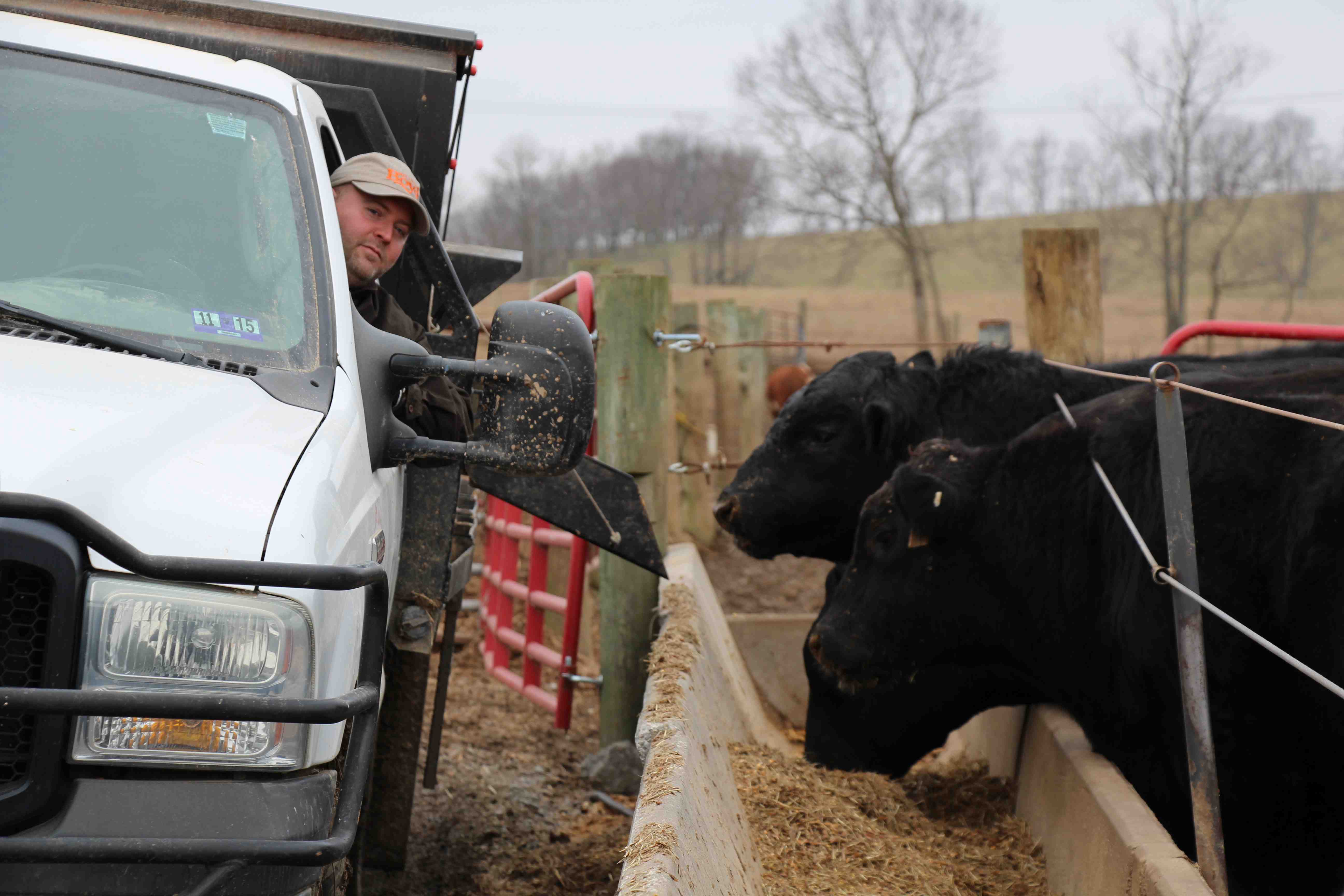


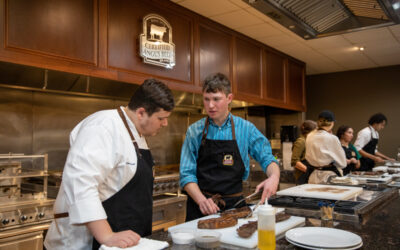

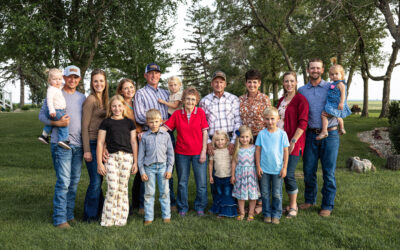
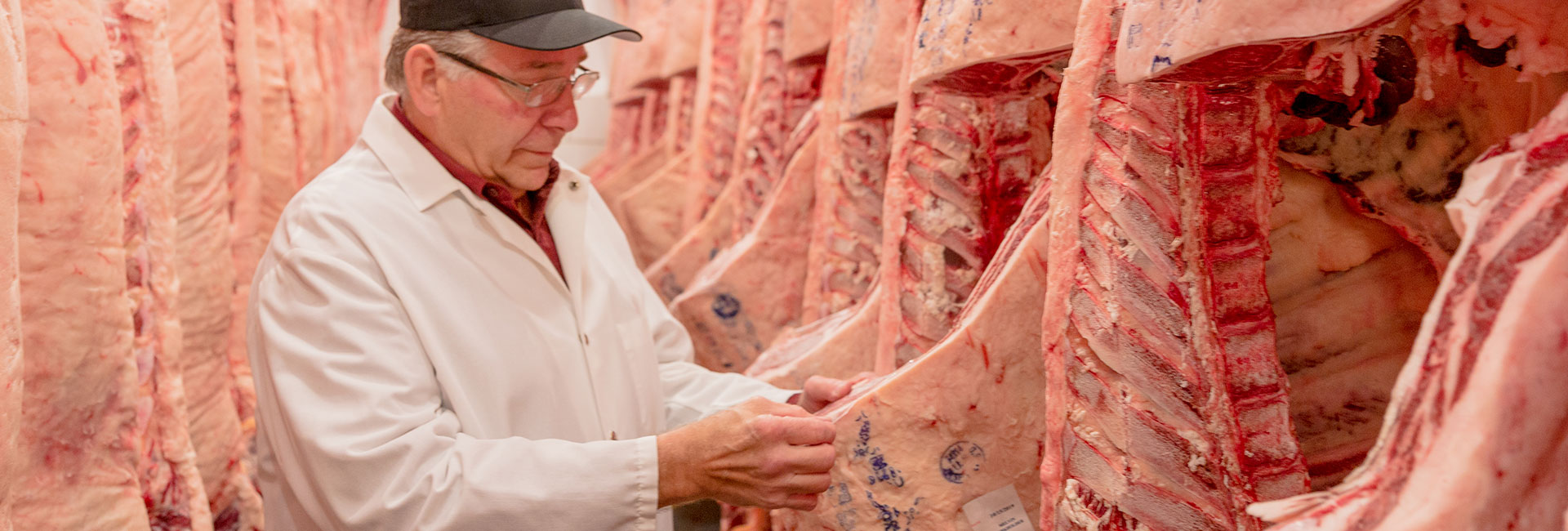
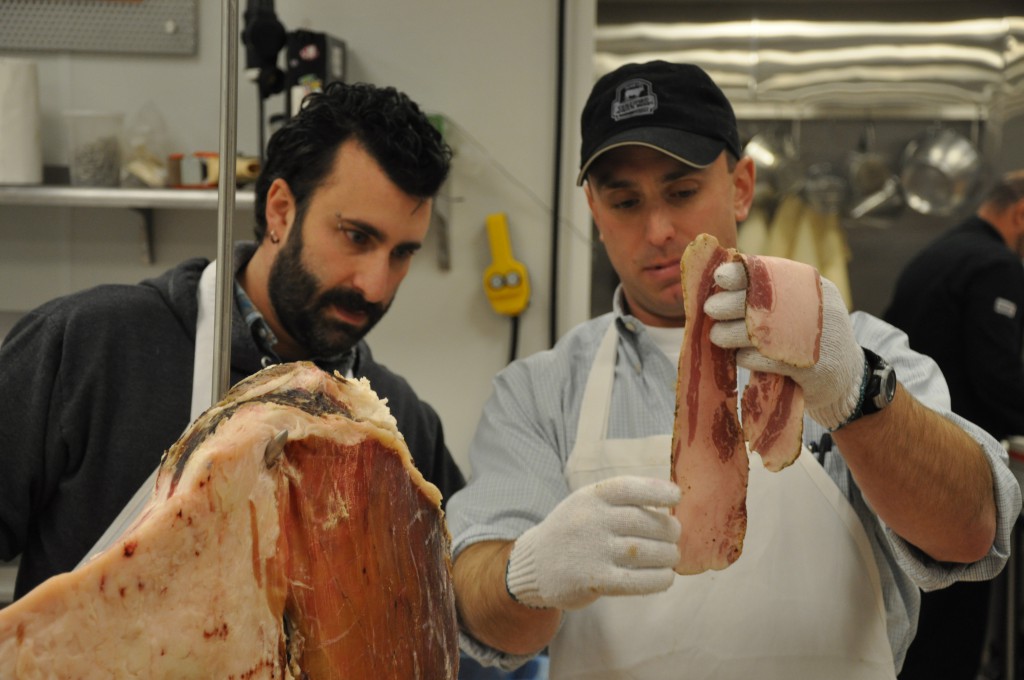 “We all nerded out,” our own
“We all nerded out,” our own 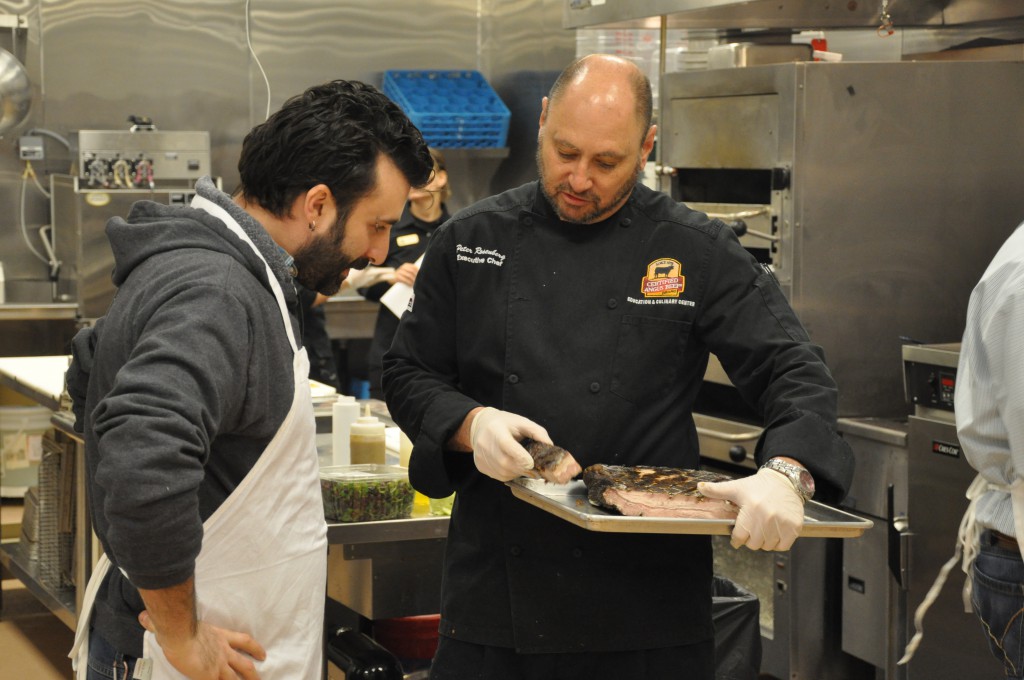 There’s no doubt the healthy bacteria Jeremy loves affect flavor and affordability, but there’s more.
There’s no doubt the healthy bacteria Jeremy loves affect flavor and affordability, but there’s more. “There’s more to eating beef than simply eating a great steak,” Dr. Phil adds. “There are cuts that may really benefit from looking at these ideas. To align ourselves with people like him is a win for us.”
“There’s more to eating beef than simply eating a great steak,” Dr. Phil adds. “There are cuts that may really benefit from looking at these ideas. To align ourselves with people like him is a win for us.”